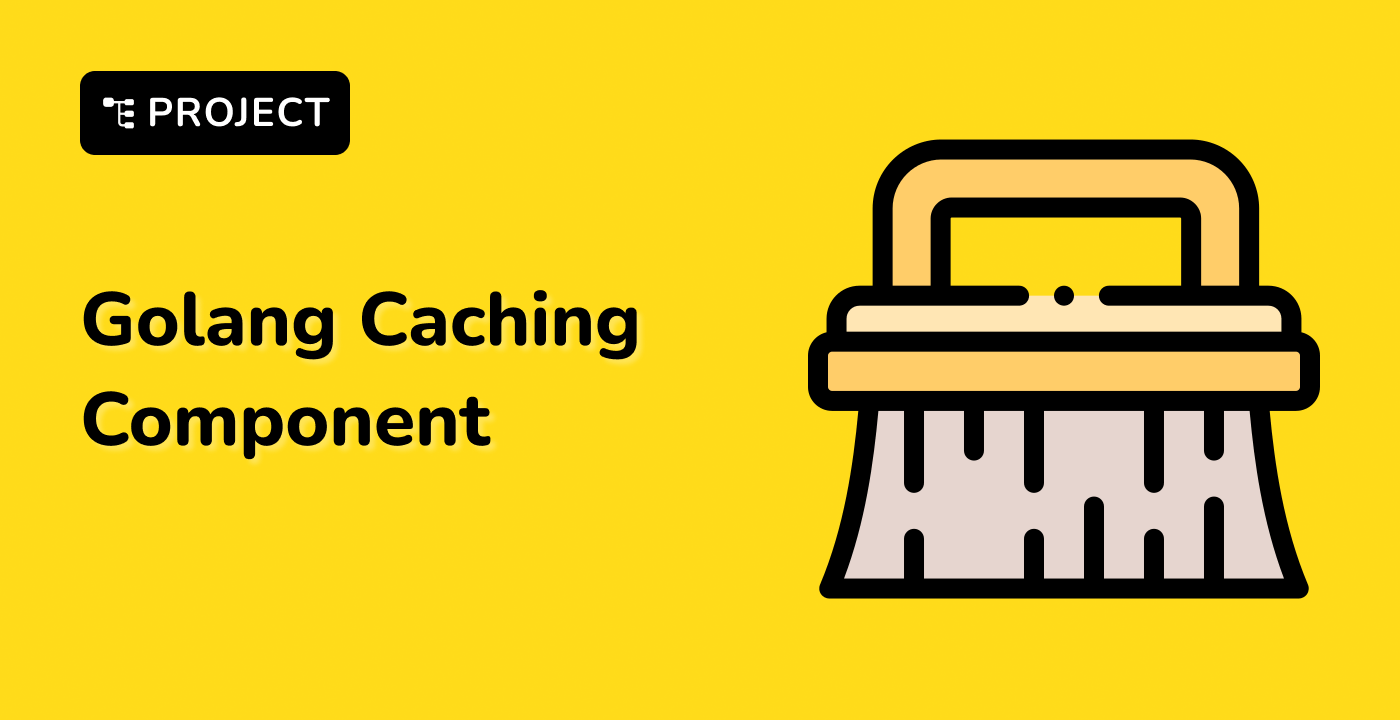Sorting Slices in Go: Fundamentals
Go provides a built-in sort package that allows you to easily sort slices of different data types. The sort package offers a simple and efficient way to sort data in ascending or descending order, making it a valuable tool for many Go programming tasks.
In this section, we will explore the fundamentals of sorting slices in Go, including the basic sorting operations, the underlying sorting algorithms, and how to use the sort package effectively.
Understanding Slice Sorting in Go
Go's sort package provides a set of functions and interfaces that enable you to sort slices of various data types, including integers, floating-point numbers, strings, and custom data structures. The primary function for sorting slices is sort.Slice(), which takes a slice and a custom comparison function as arguments.
Here's an example of sorting a slice of integers in ascending order:
package main
import (
"fmt"
"sort"
)
func main() {
numbers := []int{5, 2, 8, 1, 9}
sort.Ints(numbers)
fmt.Println(numbers) // Output: [1 2 5 8 9]
}
In this example, we use the sort.Ints() function to sort the numbers slice in ascending order. The sort.Ints() function is a convenience function that sorts the slice using the default comparison function for integers.
Sorting Custom Data Structures
While the sort.Ints(), sort.Float64s(), and sort.Strings() functions are convenient for sorting slices of built-in data types, you may often need to sort slices of custom data structures. To do this, you can use the sort.Slice() function and provide a custom comparison function.
Here's an example of sorting a slice of Person structs by their age:
package main
import (
"fmt"
"sort"
)
type Person struct {
Name string
Age int
}
func main() {
people := []Person{
{"Alice", 25},
{"Bob", 30},
{"Charlie", 20},
}
sort.Slice(people, func(i, j int) bool {
return people[i].Age < people[j].Age
})
fmt.Println(people) // Output: [{Charlie 20} {Alice 25} {Bob 30}]
}
In this example, we define a Person struct and create a slice of Person objects. We then use the sort.Slice() function to sort the slice based on the age of each person, using a custom comparison function.
The custom comparison function takes two indices i and j and returns true if the element at index i should come before the element at index j in the sorted slice. In this case, we compare the Age field of the Person structs to sort the slice in ascending order.
By understanding the fundamentals of sorting slices in Go, you can effectively manage and organize your data, making it easier to work with and analyze.




